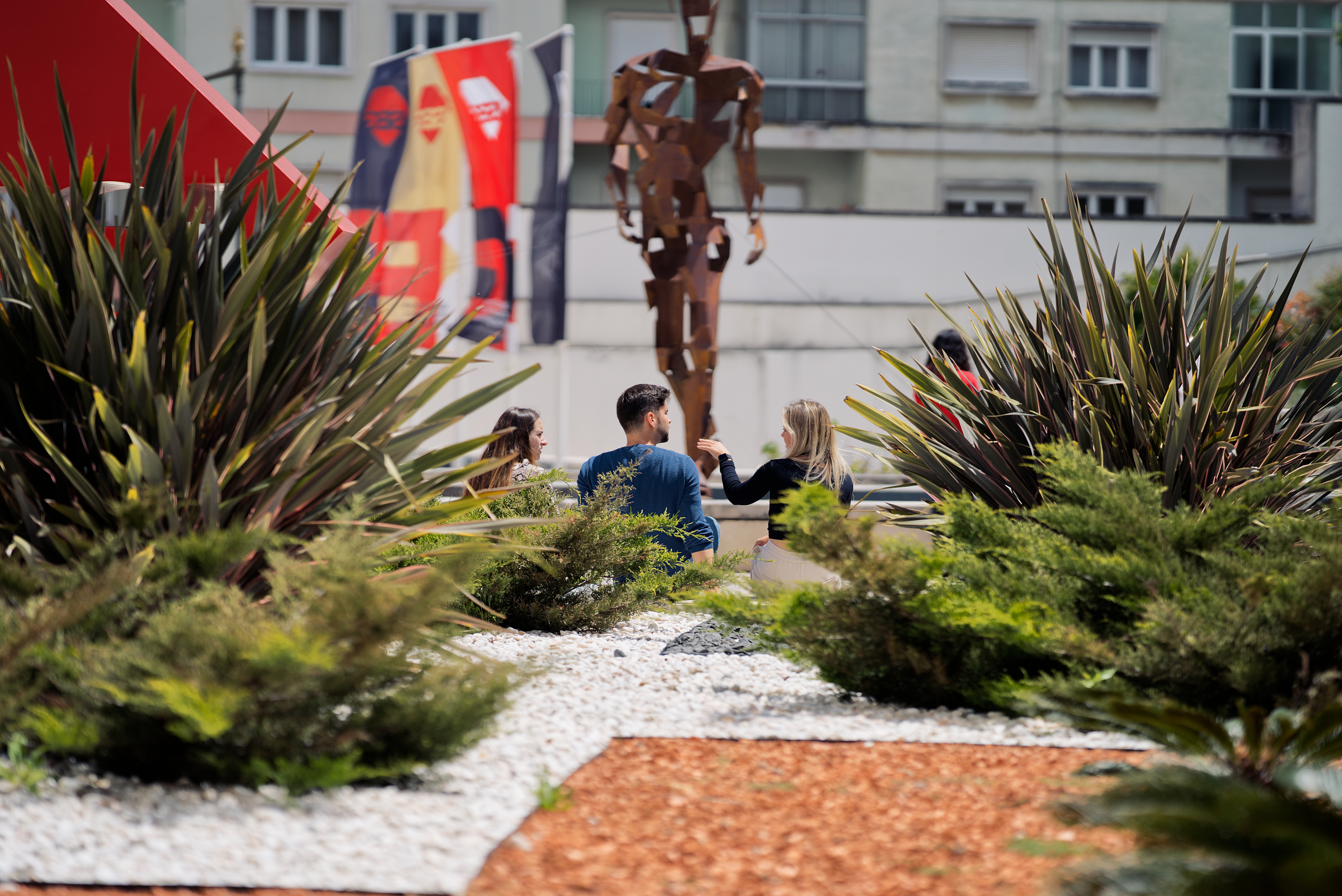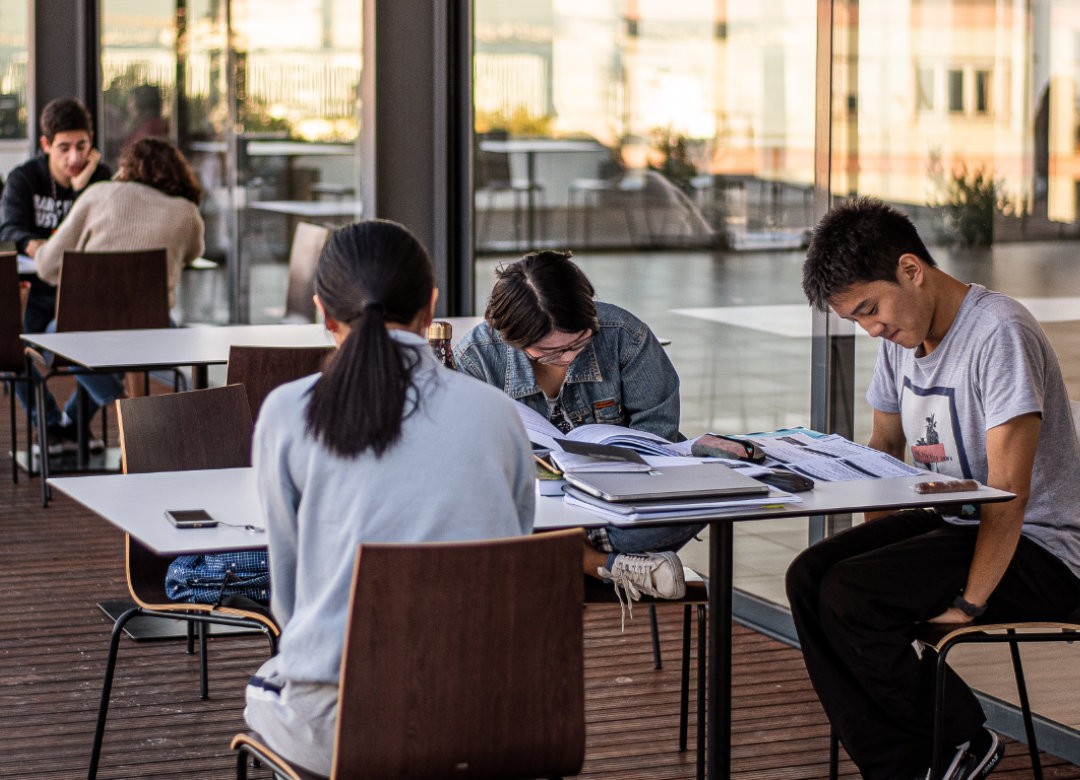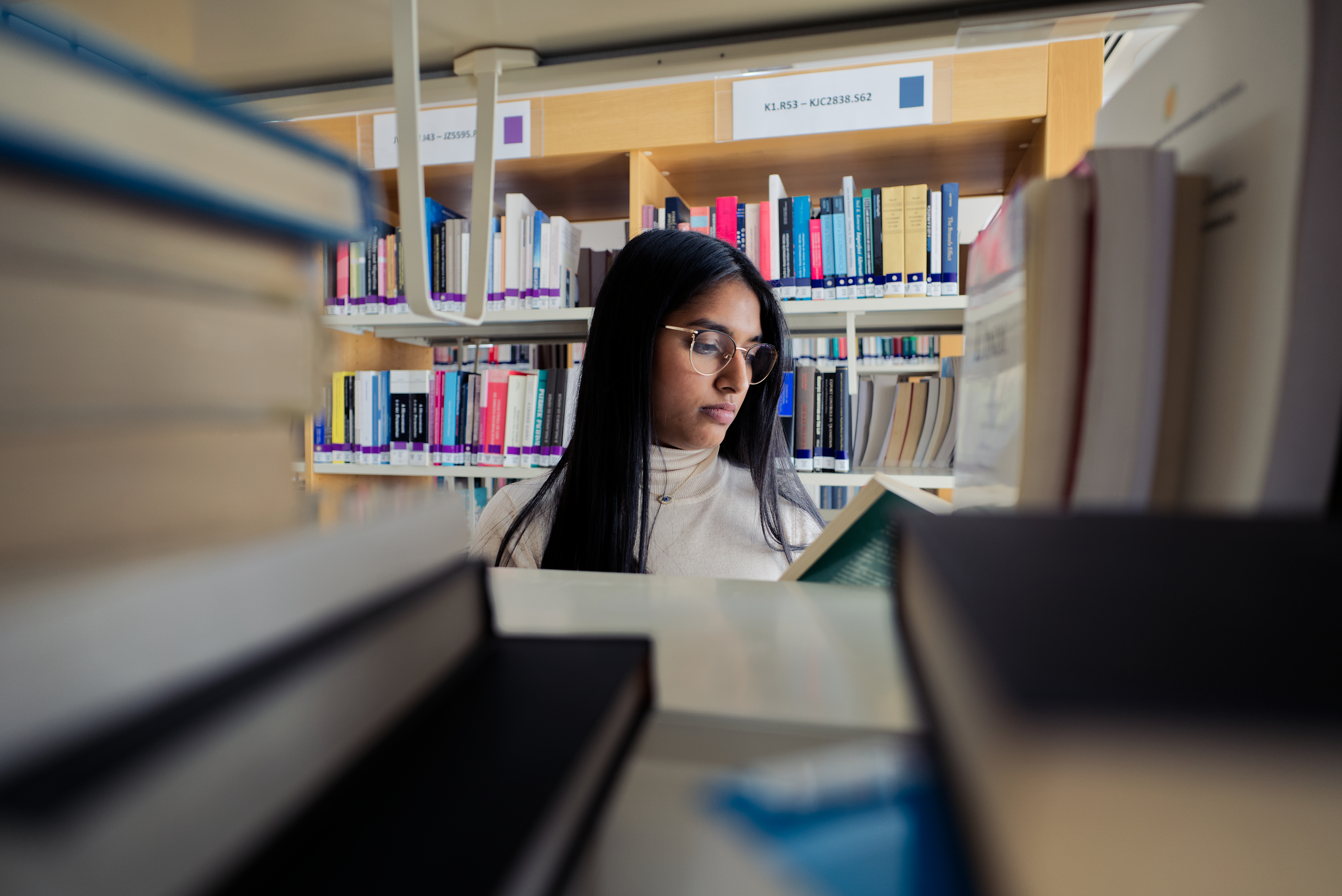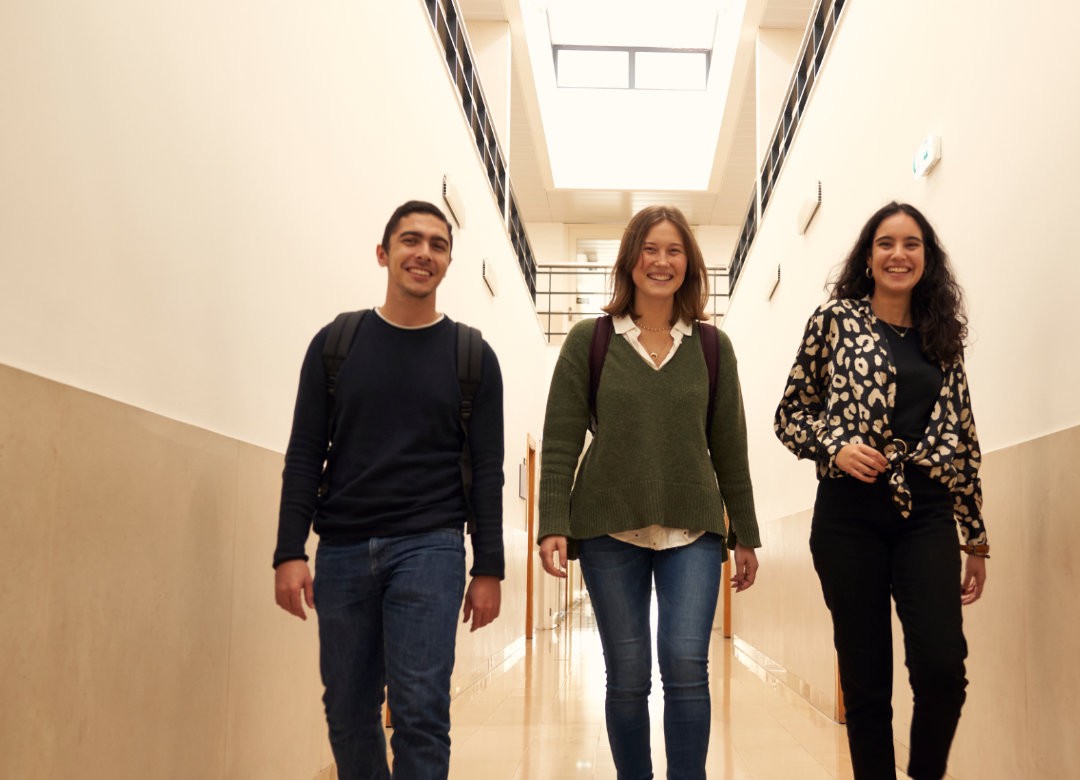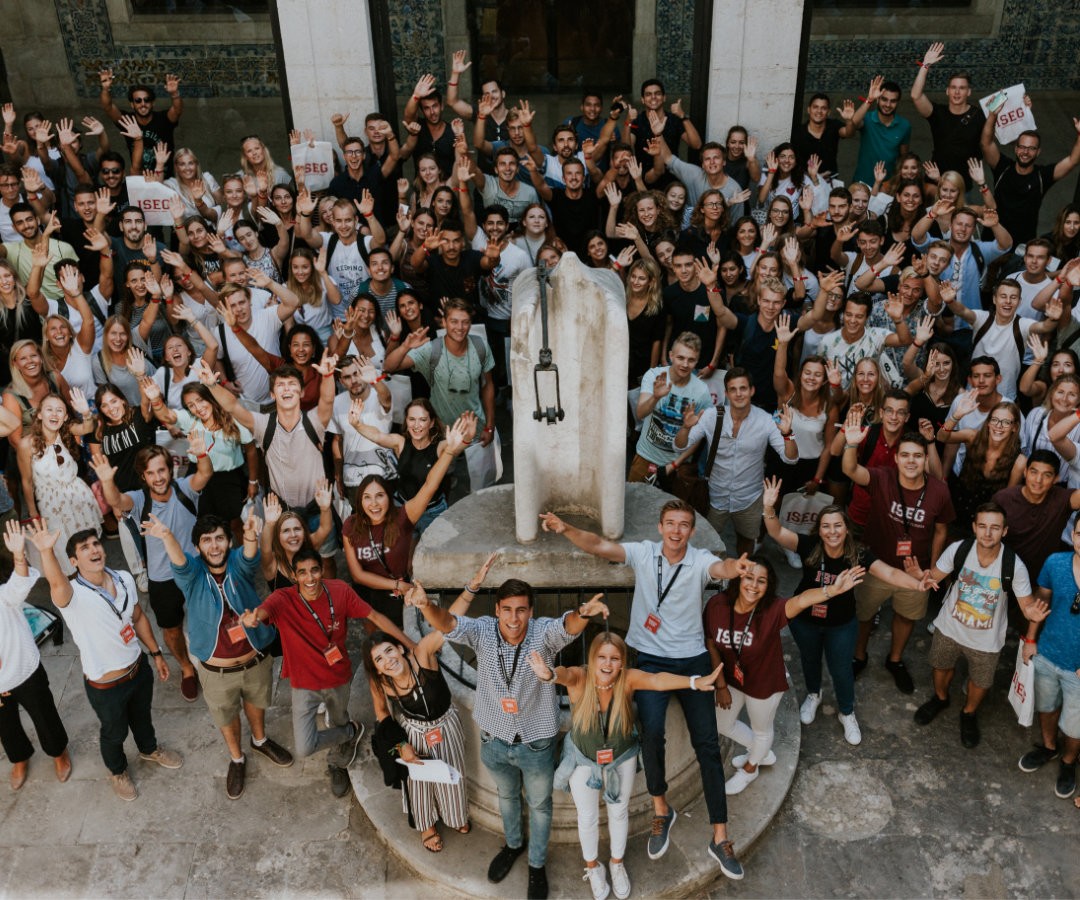Aluno: TomÁs Gandara De Carvalho Da Silva Afonso
Resumo
PT: Os museus de arte contemporânea portugueses têm enfrentado inúmeras dificuldades nos últimos anos devido à crise financeira e à falta de apoios estatais. A falta de investimento na modernização dos museus, nomeadamente dos museus de arte contemporânea, tem dificultado a resposta dos gestores dos museus às necessidades dos seus públicos. Nos últimos anos tem-se verificado um aumento da oferta cultural na região de Lisboa, o que, apesar de ser bem-vindo num contexto geral, aumenta o número de concorrentes indiretos para os museus de arte contemporânea, dificultando a sua capacidade de atrair e reter visitantes.
Este estudo utilizou uma abordagem qualitativa exploratória multi-método, que envolveu a análise comparativa de dados das redes sociais dos museus selecionados para a investigação. Foram também realizadas entrevistas semiestruturadas aprofundadas com gestores e diretores dos museus selecionados. Os resultados das entrevistas foram analisados com recurso ao software MAXQDA.
Com os métodos acima referidos, concluiu-se que os museus de arte contemporânea precisam de ser digitalizados para chegarem aos seus públicos de uma forma mais eficiente, o que resultaria numa estratégia de comunicação melhorada. Foram também recomendadas várias soluções que poderiam ajudar a compreender melhor o papel do marketing e da comunicação como agentes de mudança no comportamento cultural, para colmatar a desconexão entre os públicos e os museus de arte contemporânea em Lisboa e para aumentar o nível de fidelização e atrair novos públicos. As soluções passam por educar e sensibilizar o público para a arte contemporânea e criar comunidades de amantes de arte. As soluções incluem também a segmentação mais específica dos públicos e a criação de interações mais envolventes, bem como a criação de programas de adesão exclusivos e de iniciativas de acessibilidade que permitam a todos os públicos visitar os museus de arte contemporânea, física e digitalmente.
EN: Portuguese contemporary art museums have overcome numerous difficulties in recent years due to financial crisis and lack of state support. The lack of investment in the modernisation of museums, particularly contemporary art museums, has made it difficult for museum managers to meet their publics’ needs. In recent years there has been an increase in the cultural offer in the Lisbon region, which, although welcome in a general context, increases the number of indirect competitors for contemporary art museums, making it difficult for them to attract and retain visitors.
This study used a multi-method exploratory qualitative approach, which involved comparative data analysis of the social networks of the museums chosen for the research. In-depth semi-structured interviews with managers and directors, from the selected museums, were also conducted. The outputs from the interviews were analysed using MAXQDA software.
With the aforementioned methods, it was concluded that contemporary art museums need to be digitalised in order to reach their audiences in a more efficient way, which would result in an improved communication strategy. Several solutions were also recommended that could help to better understand the role of marketing and communication as agents of change in cultural behaviour, to bridge the disconnect between audiences and contemporary art museums in Lisbon and to increase the level of loyalty and attract new audiences. The solutions include educating and raising public awareness of contemporary art and creating communities of art lovers. Solutions also include more specific segmentation of audiences and the creation of more engaging interactions, as well as the creation of exclusive membership programmes and accessibility initiatives that allow all audiences to visit contemporary art museums, both physically and digitally.
Trabalho final de Mestrado
